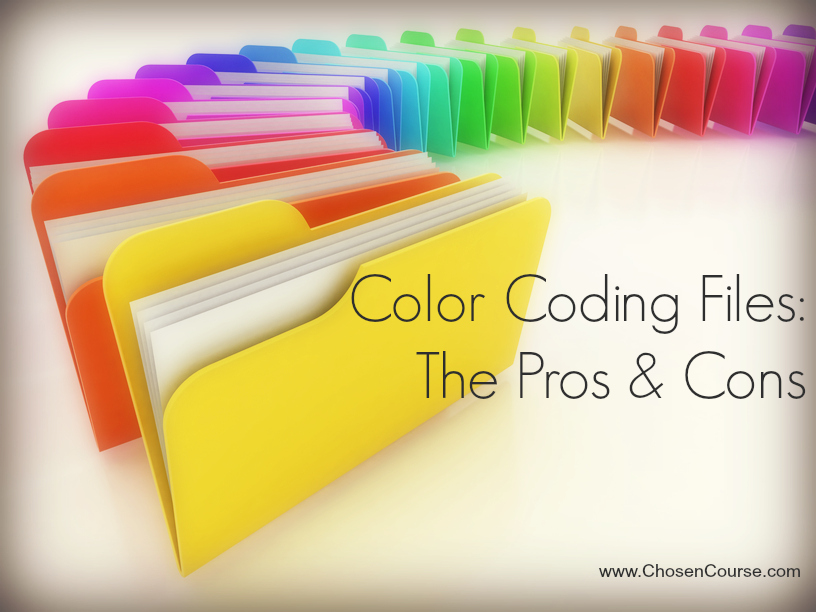
- #COLOR CODED FILE CARDS QUALITATIVE RESEARCH SOFTWARE#
- #COLOR CODED FILE CARDS QUALITATIVE RESEARCH SERIES#
- #COLOR CODED FILE CARDS QUALITATIVE RESEARCH FREE#
#COLOR CODED FILE CARDS QUALITATIVE RESEARCH FREE#
Wordle is a free website for making word clouds in an oval or rectangular shape. My personal favorites are Wordle and Tagxedo.


The Poll Everywhere blog summarized nine of their favorite tools. There are tons of free and low-cost websites for generating word clouds.
#COLOR CODED FILE CARDS QUALITATIVE RESEARCH SOFTWARE#
The Best Software Tools for Creating Word Clouds What our breakups look like on Twitter Before and after: /XQg7JKMar5 - Motherboard September 23, 2014
#COLOR CODED FILE CARDS QUALITATIVE RESEARCH SERIES#
Does your study involve pre/post tests with a few open-ended questions? Did you interview participants at multiple intervals during the study? You could adapt this technique for nearly any time series design. Word clouds are also great for before/after comparisons, like these tweets describing breakups. Word Clouds Are Okay for Visualizing Before/After Comparisons People described Barack Obama using only one word and the adjectives were visualized in a bubble cloud (and then color-coded by the sentiment or tone of that adjective). Then, you’d visualize those one-word responses in a word cloud, like this one from Students First: But for one or two moments during the conversation, it’s nice to pause and throw in a semi-qualitative short question. The rest of the interview is obviously focused on loooooooong responses, and fuller descriptions, and plenty of examples. Principal, what one word would you use to describe this new initiative’s effect, if any, on your charter school?” When I conduct interviews as part of a qualitative research project, I often included a question in the interview protocol such as, “What one word you use to describe _?” For example, “Mr. Policymaker, what one word would you use to describe public opinion towards poverty in the United States?” or “Mrs. Instead, I’m talking about intentional word clouds – when you’ve considered other options, and have purposefully chosen a word cloud as your visualization of choice. Simply looking at how often a word or phrase appears in your dataset is not a sufficient way to analyze your data! I’m not advocating for run-of-the-mill word clouds where you simply dump your interview transcripts into a word cloud and hope for the best. Less-frequent words or phrases are shown in a smaller font. Frequent words or phrases are shown in larger, bolder font. Here’s the most obvious strategy for visualizing text-based data: the word cloud, also known as a tag cloud. Word Clouds Are Okay for Visualizing One-Word Descriptions, But Not for Visualizing Allllllll Your Qualitative Data Word Cloudsĭata visualization novices love to love word clouds, while data visualization experts love to hate word clouds. Here are several ideas for presenting qualitative data for your organization’s reports, presentations, handouts, infographics, and more. Which is fine, unless you want someone to, ya know, actually read your report. Key informant interviews, bellwether interviews, document review, focus groups, you name it… So I know from personal experience that 99.9 percent of qualitative reports look like this: I used to conduct qualitative-heavy research projects pretty much all day every day.

In this article, let’s look at some of your options for qualitative data visualization, like word clouds, photographs, icons, diagrams, and timelines. Are you looking for ways to display your qualitative data? The vast majority of data visualization resources focus on quantitative data.


 0 kommentar(er)
0 kommentar(er)
